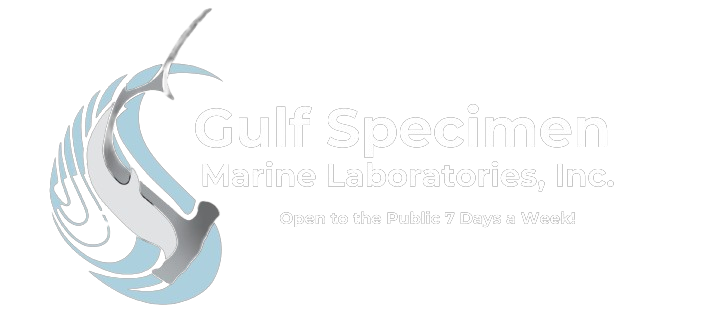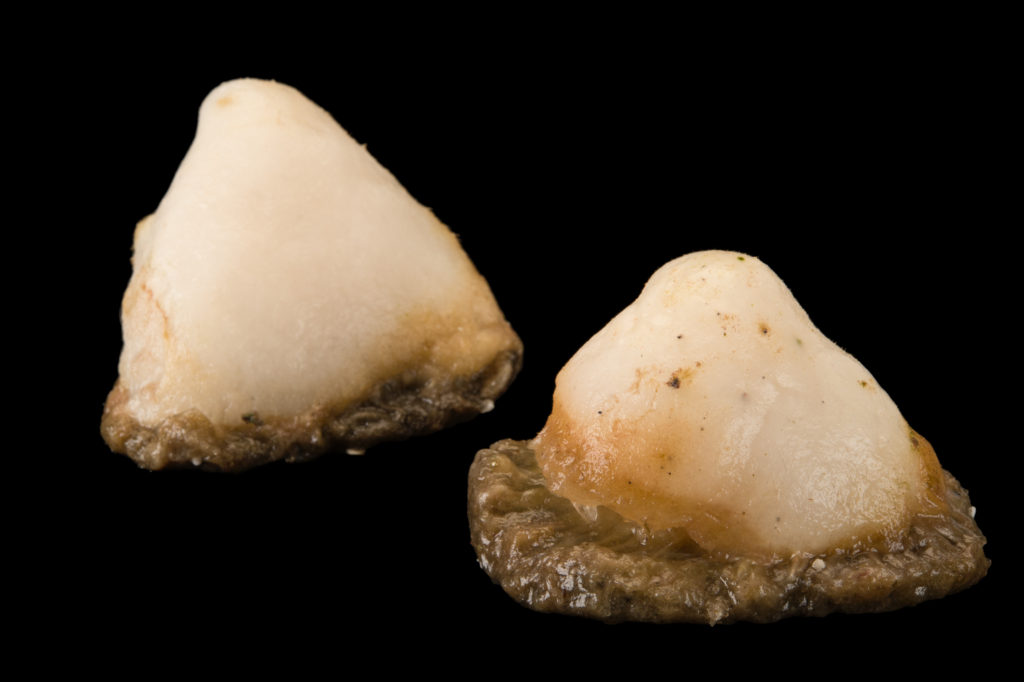Barnacles
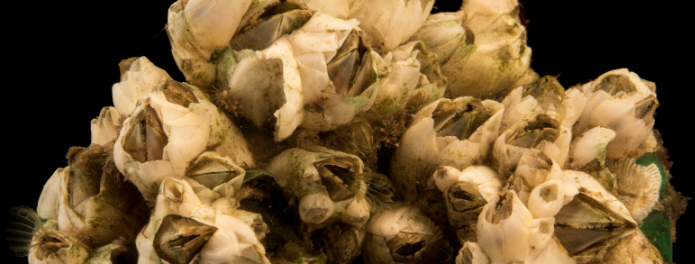
Most novices who visit the seashore and see barnacles growing on rocks may confuse them with mollusks because of their hard shells. Many never know the barnacles are alive, but once you have seen them in an aquarium than you will never question whether they are alive or that they are crustaceans.
Barnacle videos on YouTube.com
Barnacles feeding . Barnacle anatomy . Barnacle molt anatomy
Barnacle cyprid . Barnacles Gathering Plankton . Barnacle molt anatomy 2
$135.00 – $270.00
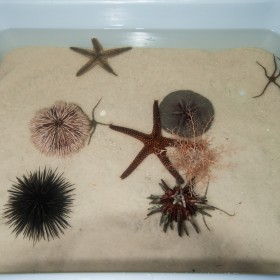
$135.00 – $270.00
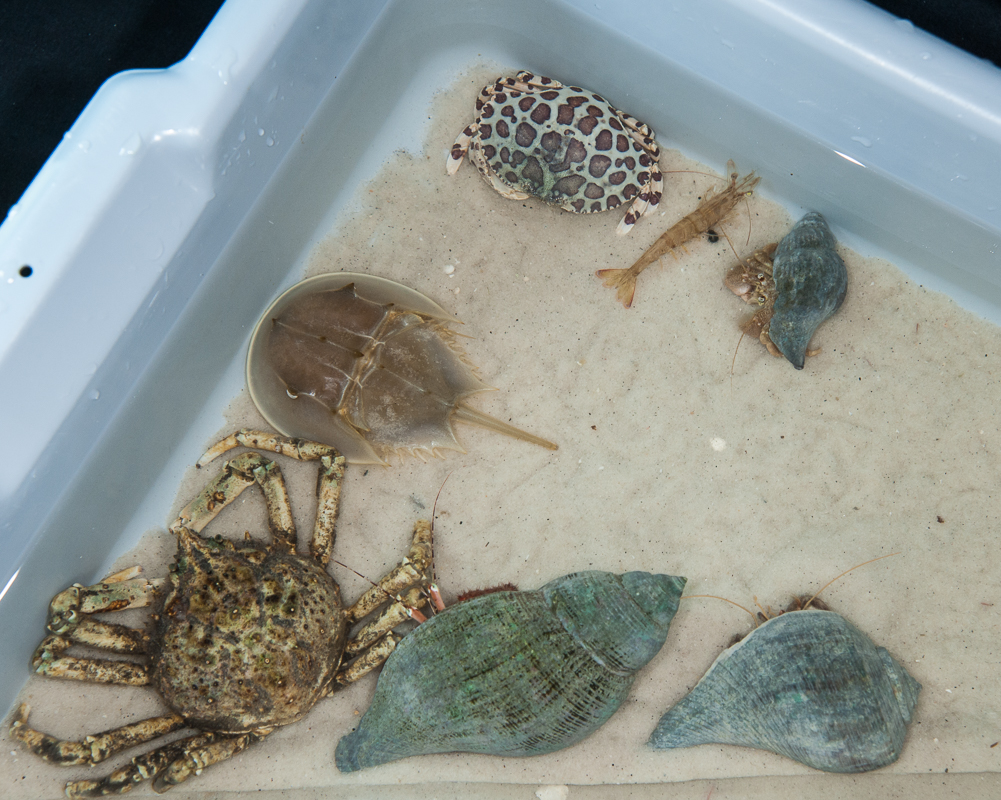
$135.00 – $270.00
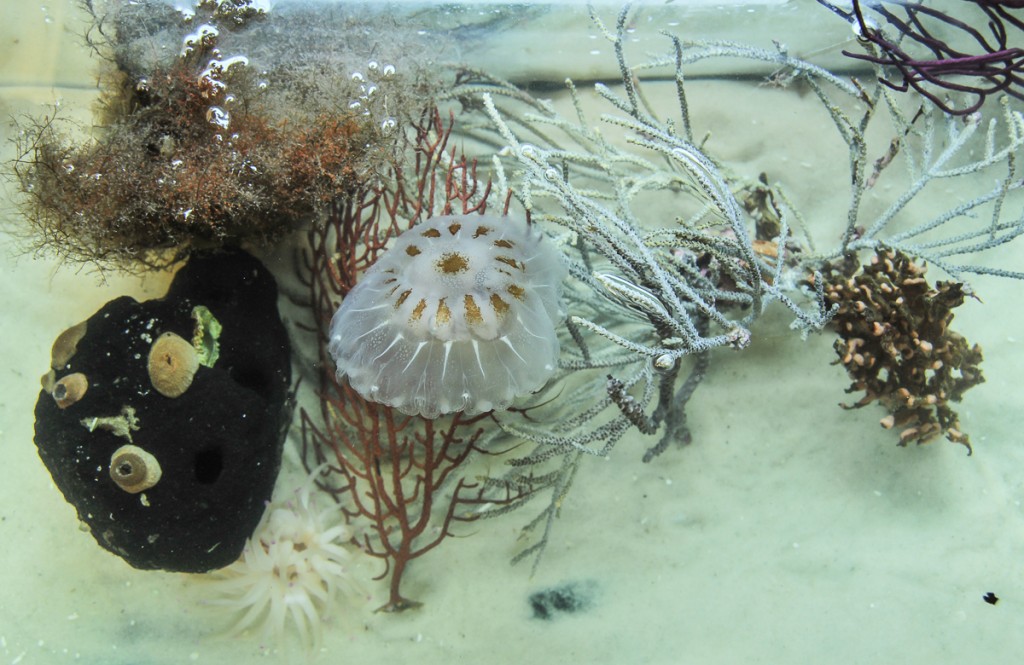
$135.00 – $270.00
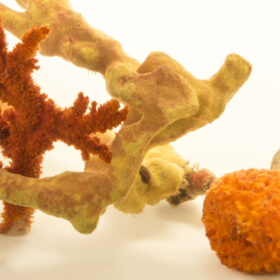
- Included are chitons, clams, mussels, whelks, snails, and nudibranchs. When abundant, scaphopods and/or frilled sea hares may be included.
$135.00 – $270.00
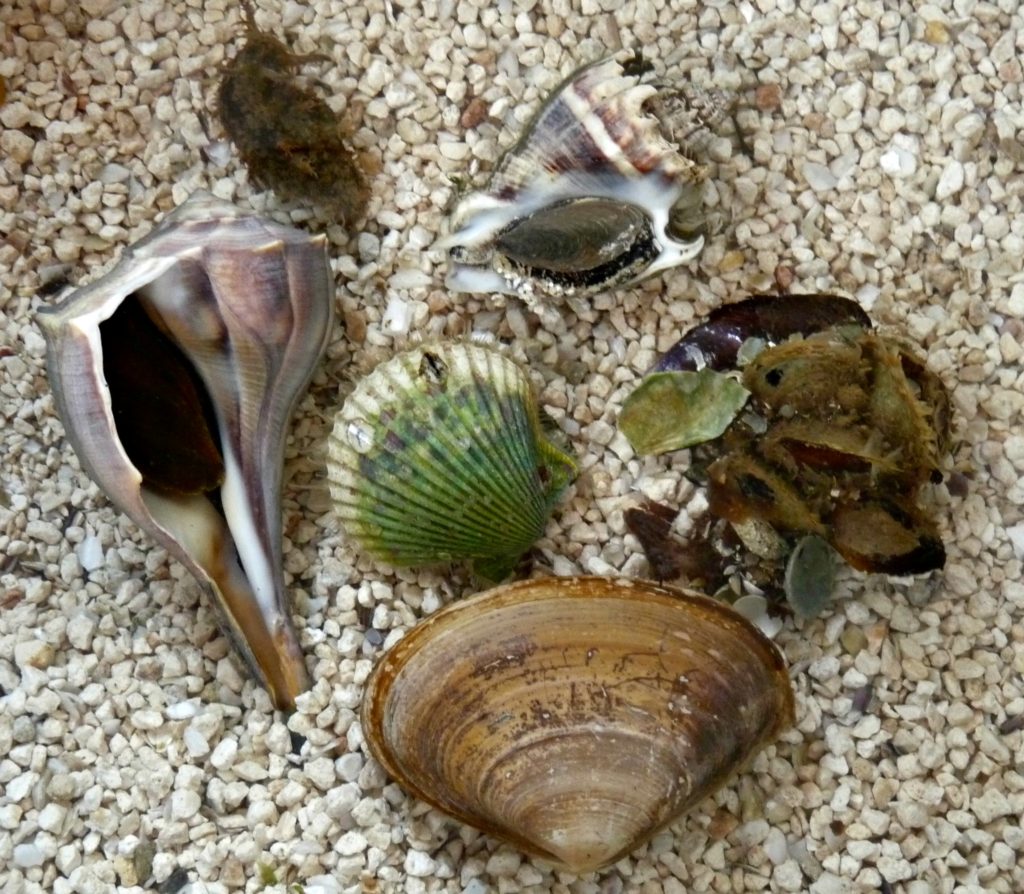
$99.00 – $129.50

$135.00 – $216.50
$135.00 – $191.00
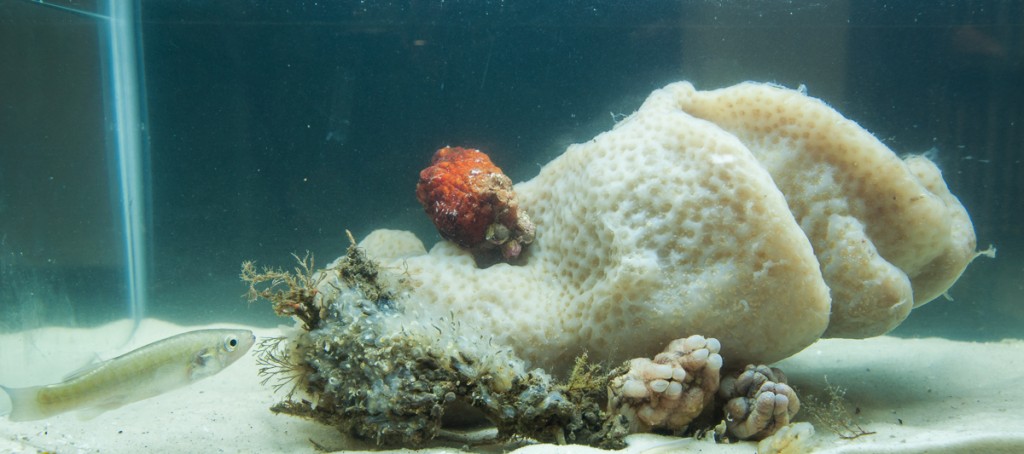
$135.00 – $270.00
Arius felis
Each Dozzen small ---123
Each Dozzen small ---123
Each Dozzen small ---123
Each Dozzen small ---123
$22.50
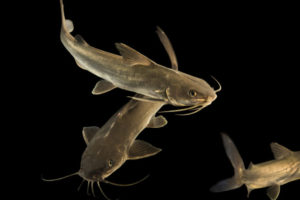
Hardhead sea catfish (Arius felis)
Spheroides nephelus
$25.50
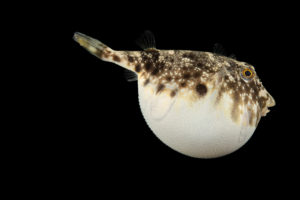
Southern puffer (Spheroides nephelus)
Lactophrys tricornis
$25.50
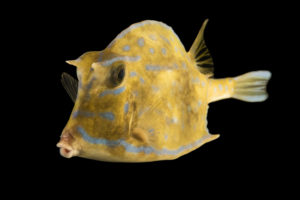
A cowfish (Lactophrys tricornis)
Balistes capriscus
$80.50
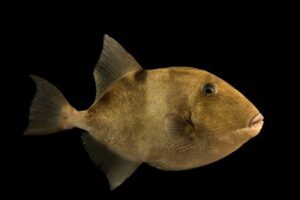
Grey triggerfish (Balistes capriscus) at Gulf Specimen Marine Lab and Aquarium.
Monacanthus hispidus
$13.00 – $17.00
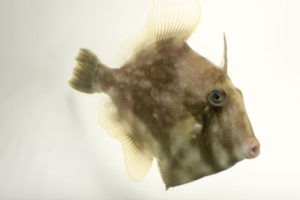
Gobiesox strumosus
$24.50
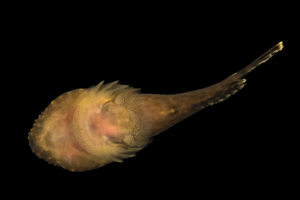
Clingfish or skilletfish (Gobiesox strumosus)
Symphurus plagiusa
$20.00
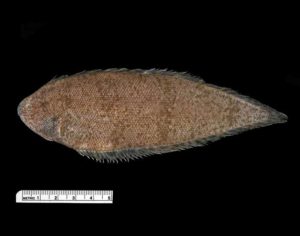
Trinectes maculatus
$22.50
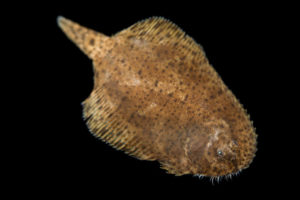
Hogchoker (Trinectes maculatus)
Paralichthys oblongus
$22.50
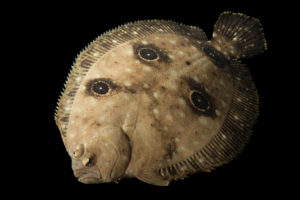
Four-spotted flounder (Paralichthys oblongus)
Paralichthys albigutta
$21.50 – $34.50
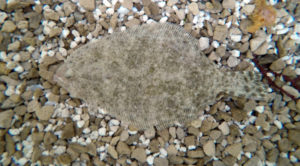
Mugil cephalus.
$22.50
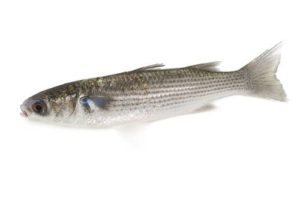
Serranus subligarius
$31.50

Belted sandfish (Serranus subligarius)
Chasmodes saburrae and other species
$17.00
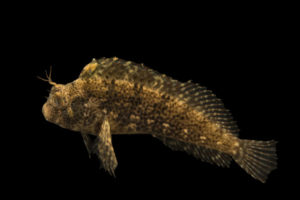
Feather blennie (Hypsoblennius henzi)
Halichoeres bivittatus
$17.50
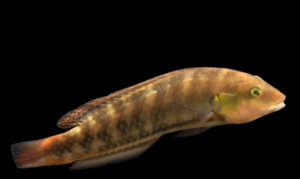
Green wrasse (Halichoeres bivittatus) at Gulf Specimen Marine Lab in Panacea, FL.
Prionotus scitulus, P. tribulus
$25.50

Bighead searobin (Prionotus tribulus)
Scorpaena brasiliensis
$29.00
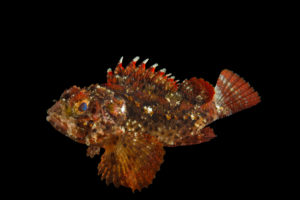
A scorpionfish (Scorpaena brasiliensis)
Chaetodipterus faber
$45.00 – $56.50

Atlantic spadefish (Chaetodipterus faber)
Diplodus holbrookii
$14.00

Lagodon rhomboides
$14.00
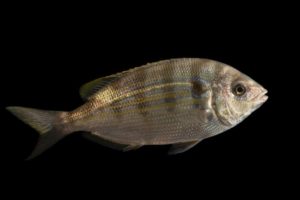
Lagodon rhomboides
Small, striped barnacle growing abundantly on rock and shell.
$43.00

A tiny, flattened fragile form that lives on Spartina.
$31.50
$25.50 – $70.00

A large, flat barnacle, epizootic on crabs and diamondback terrapins. Basal ramifications extend into the integument of its host. Shipped attached to crab, it usually outlasts all other barnacles in a closed system. Size: 1-2 cm.
$17.00

Gorgonian barnacle, lives embedded in the colony.
$17.00
A degenerate parasitic barnacle that attacks crabs, Callinectes sapidus, sending branching roots throughout their bodies. This alters sexual characters and prevents molting in the crab. The barnacle is reduced to little except reproductive and absorptive tissues and represents parasitic modification at its most extreme form. Don’t just look at the textbook drawings; order the living animal attached to its host crab. Sporadically available.
$40.00
